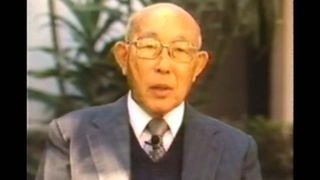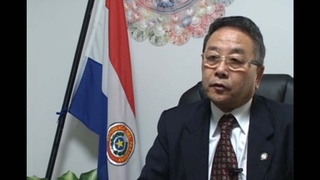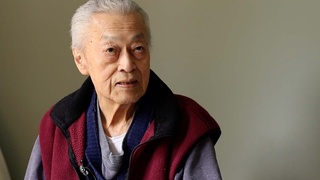Interviews
Describing the meaning of "Nikkei"
Yeah, I never thought so seriously about that culture, Nikkei culture. But, well it’s kind of long rooted to past history as well, I think, first generation up to now. We have to go back to the original time when Japanese people came, and then flourish into Japanese American here. That kind of history, I have, I have acknowledged. So, always I try to feel what the original people wanted to be.
Date: August 10, 2016
Location: California, US
Interviewer: Sojin Kim, John Esaki
Contributed by: Watase Media Arts Center, Japanese American National Museum














